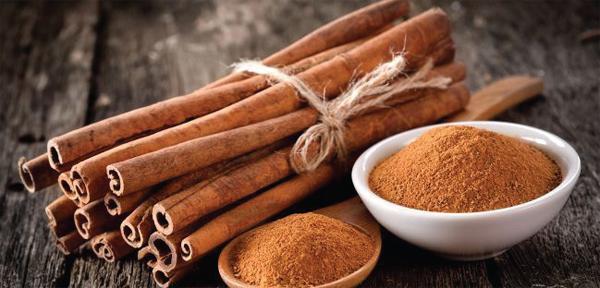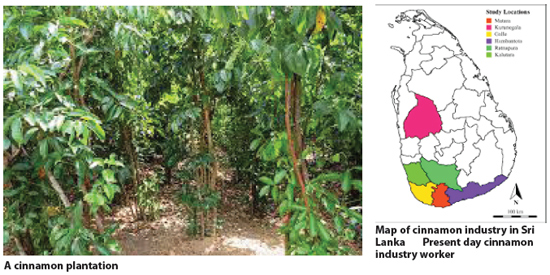
Cinnamon is a very popular spice that is used all over the world as an aromatic condiment and flavouring additive in different types of cuisines. It is used for sweet and savoury dishes, breakfast cereals, snacks, tea and other beverages and even some traditional foods.
It is obtained from the inner bark of several tree species from the genus Cinnamomum. This spice is also commonly known by the names true cinnamon and Ceylon cinnamon.
The botanical name for the cinnamon species grown in Sri Lanka is Cinnamomum zeylanicum. In addition to its incredible flavour, this spice also has medicinal properties and can be used to help cure diseases such as flu, the common cold, stomach cramps, diarrhoea and infections caused by bacteria and parasitic worms.
History of cinnamon
Cinnamon is native to countries such as Sri Lanka, India (The state of Malabar), Myanmar and was later grown in South American countries and the Caribbean islands. It has been in use by humans for thousands of years - as early as 2,000 B.C. Egyptians employed it as a perfuming agent during the embalming process, and it was even mentioned in the Old Testament as an ingredient in anointing oil.
Evidence suggests it was used throughout the ancient world, and that Arab traders brought it to Europe, where it proved equally popular. Legend says that the Roman emperor Nero burned as much as he could find of the precious spice on the funeral pyre of his second wife Poppaea Sabina in A.D. 65 to atone for his role in her death.
Around 1518, Portuguese traders discovered cinnamon in Ceylon, present-day Sri Lanka, and conquered its kingdom of Kotte, enslaving the island’s population and gaining control of the cinnamon trade for about a century until the Sinhala kingdom of Kandy joined with the Dutch in 1638 to overthrow the Portuguese occupiers.
The Dutch defeated the Portuguese but held the kingdom in their debt for their military services, so once again Ceylon was occupied by European traders, handing the cinnamon monopoly over the Dutch for the next 150 years.
Ceylon then was taken over by the British in 1784 after their victory in the fourth Anglo-Dutch War, but by 1800, cinnamon was no longer an expensive, rare commodity, as it had begun to be cultivated in other parts of the world, and other delicacies such as chocolate and cassia, which has a flavour similar to cinnamon, began to rival it in popularity.
Today, we typically encounter two types of commercial cinnamon: Ceylon and cassia cinnamon. Cassia cinnamon is primarily produced in Indonesia and has the stronger smell and flavour of the two varieties. This cheaper variety is what we usually buy in grocery stores to sprinkle on food such as French toast. The more expensive Ceylon cinnamon, most of which is still produced in Sri Lanka, has a milder, sweeter flavour popular for both baking and flavouring hot drinks such as coffee or hot chocolate.
Sri Lanka’s modern day cinnamon industry is concentrated in the Kurunegala district as well as the Southern districts such as Matara, Galle and Hambantota.
Methlini Hewage

